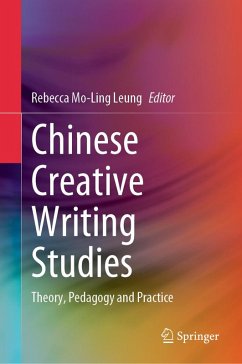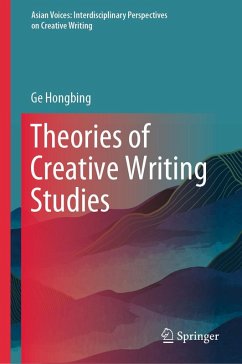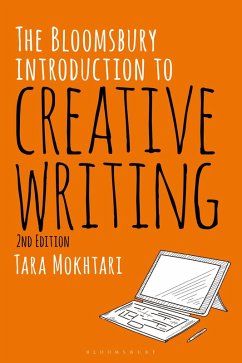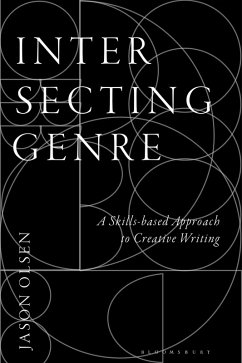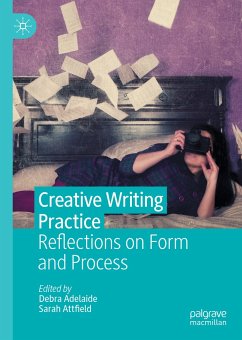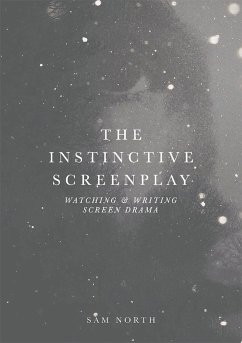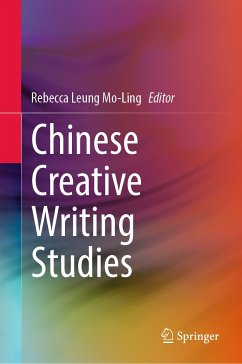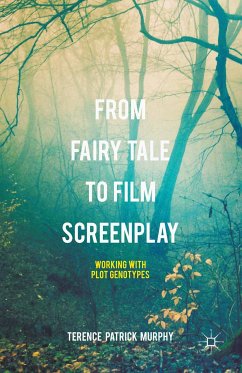
From Fairy Tale to Film Screenplay (eBook, PDF)
Working with Plot Genotypes
Versandkostenfrei!
Sofort per Download lieferbar
40,95 €
inkl. MwSt.
Weitere Ausgaben:

PAYBACK Punkte
20 °P sammeln!
In Screenplay: The Foundations of Screenwriting (1979), Syd Field first popularized the Three-Act Paradigm of Setup, Confrontation and Resolution for conceptualizing and creating the Hollywood screenplay. For Field, the budding screenwriter needs a clear screenplay structure, one which includes two well-crafted plot points, the first at the end of Act I, the second at the end of Act II. By focusing on the importance of the four essentials of beginning and end, and the two pivotal plot points, Field did the Hollywood film industry an enormous service. Nonetheless, although he handles the issue ...
In Screenplay: The Foundations of Screenwriting (1979), Syd Field first popularized the Three-Act Paradigm of Setup, Confrontation and Resolution for conceptualizing and creating the Hollywood screenplay. For Field, the budding screenwriter needs a clear screenplay structure, one which includes two well-crafted plot points, the first at the end of Act I, the second at the end of Act II. By focusing on the importance of the four essentials of beginning and end, and the two pivotal plot points, Field did the Hollywood film industry an enormous service. Nonetheless, although he handles the issue of overall structure expertly, Field falls down when offering the screenwriter advice on how to successfully build each of the three individual Acts. This is because Field did not recognize the importance of another layer of analysis that underpins the existence of plot points. This is the level of the plot genotype.
This book will offer you a richer theory of plot structurethan the one Field outlines. It will do this not by contradicting anything Field has to say about the Hollywood paradigm, but by complementing it with a deeper level of analysis. Plot genotypes are the compositional schemas of particular stories. They are sets of instructions, written in the language of the plot function, for executing particular plots. This book outlines the plot genotypes for The Frog Prince, The Robber Bridegroom, Puss-in-Boots, and Little Red Riding Hood and then shows how these genotypes provide the underpinnings for the film screenplays of Pretty Woman, Wrong Turn, The Mask, and Psycho. By means of a detailed study of these four Hollywood screenplays, you will be able to offer a much richer description of what is going on at any particular point in a screenplay. In this way, you will become much sharper at understanding how screenplays work. And you will become much better at learning how to write coherent screenplays yourself.
Dieser Download kann aus rechtlichen Gründen nur mit Rechnungsadresse in A, B, BG, CY, CZ, D, DK, EW, E, FIN, F, GR, HR, H, IRL, I, LT, L, LR, M, NL, PL, P, R, S, SLO, SK ausgeliefert werden.




